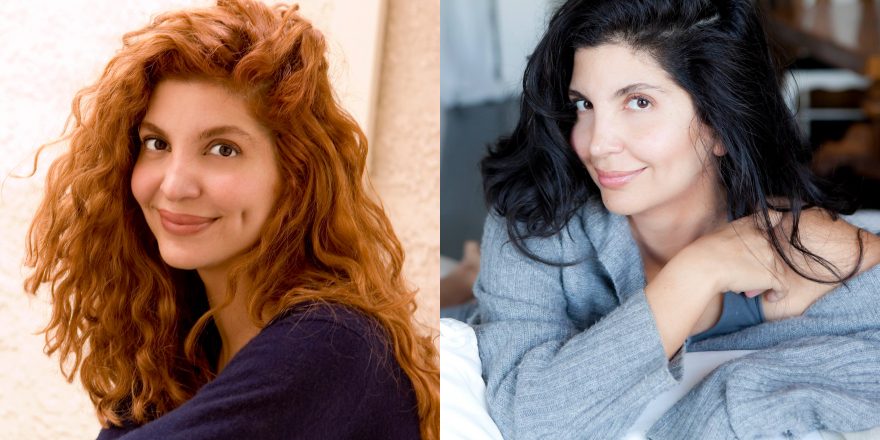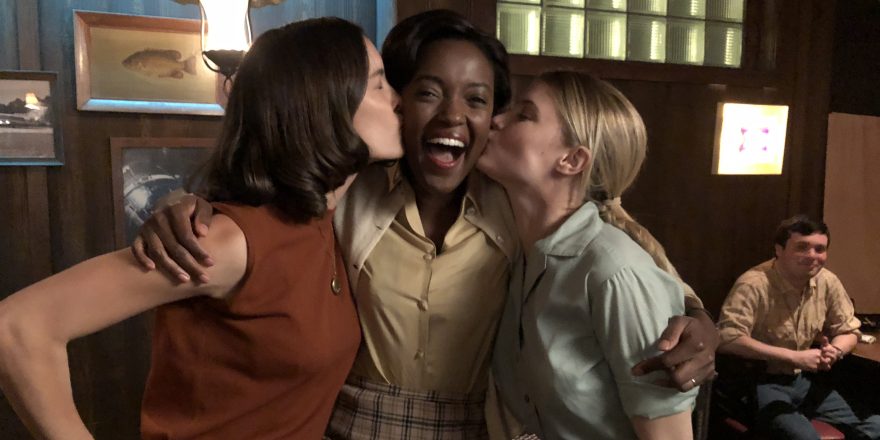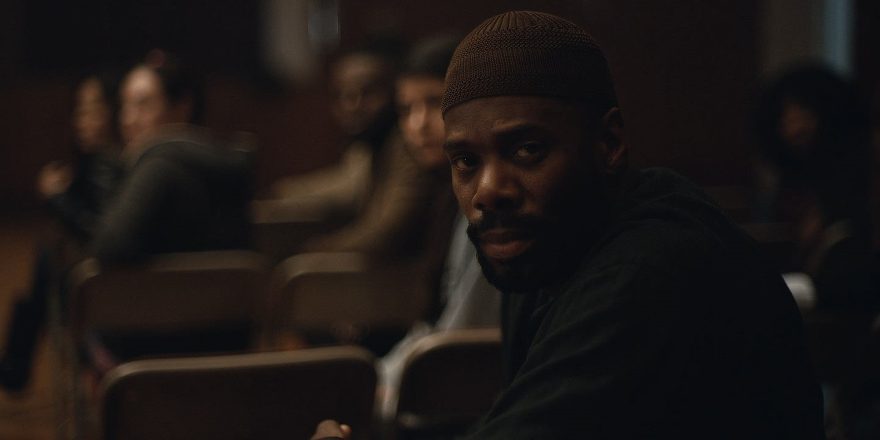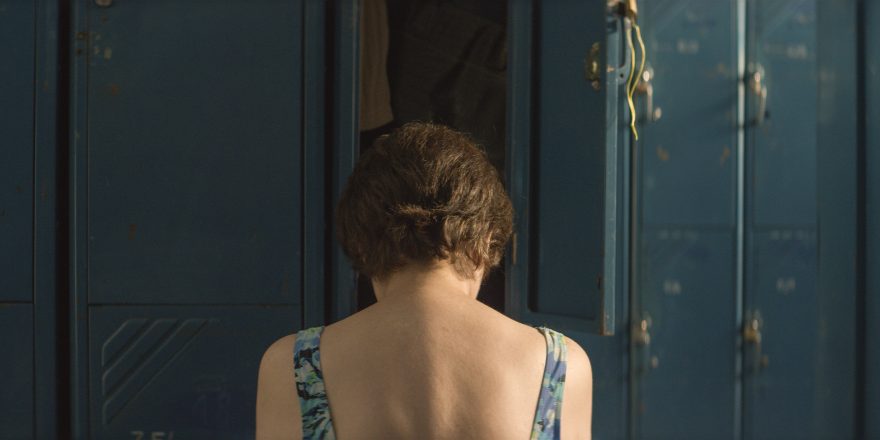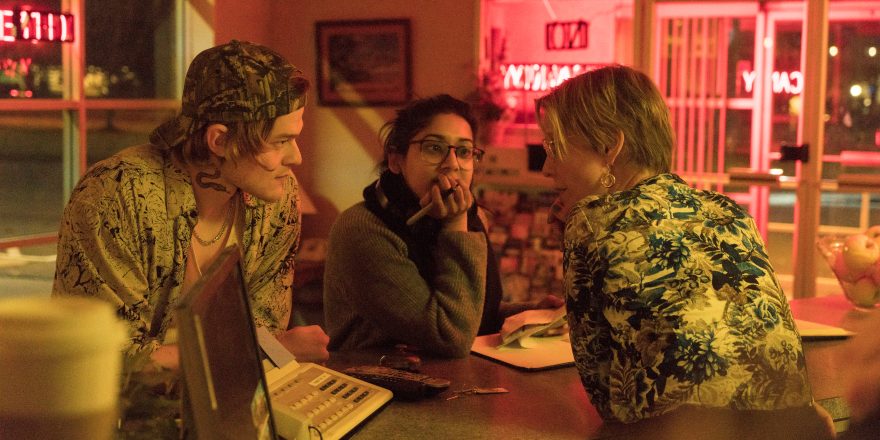This is my true Hollywood story. The abridged version. I moved to Los Angeles about 20 years ago. I was a kid with big dreams. Jet black hair, olive skin, and an ethnic name. I was an avid reader and writer, but I tried my hand at acting for a few years with no luck. I wasn’t All-American or girl-next-door-y enough. Too foreign. I’d moved to the suburbs of Chicago from India when I was 7 years old, and it felt like that all over again. A small town with more churches per capita than anywhere in the country. A dry town. They did allow dancing so it wasn’t completely Footloose country, but pretty damn close. Oh yeah, and did I mention that everyone was lily white? Here I was, the foreign kid whose clothes smelled like curry, trying to fit in. Hollywood in the late ’90s felt much like the same thing.
After years of flailing and landing tiny roles here and there while working as a cocktail waitress at the Laugh Factory, I started a screenplay. First as a cathartic way to deal with a shitty relationship, but then later because I didn’t want to do anything else. I finished a first draft while drinking red wine and Coke over ice, sitting in front of my roommate’s clunky teal iMac. I read it back to myself that night, and it made me laugh. It was semi-autobiographical. I had no idea if it was any good. And I named it Fish Without a Bicycle, after the Gloria Steinem quote.

I was smoking on the stoop of my commercial agency weeks later when their lit agent asked me for a light. We got to talking and, of course, like everyone else in town, I told him I’d written a screenplay. He generously offered to read it. So the next day, I dropped off my only paper copy, which had Diet Coke stains, was doggy-eared and riddled with typos. Super pro presentation.
I got a call a few weeks later. He’d read the script and loved it. Thought I had real talent. What followed was one of those Hollywood fairytales. The “overnight success” after five years of eating Top Ramen. Within a couple months, I had independent funding and was in preproduction. But they wanted me to play the lead, so I had to reinvent myself. The first thing that went was the ethnic last name. Then came the hair dye. A five-step bleaching process to turn my raven mane into a fiery red. I shunned sunshine and lost 25 pounds on diet pills. I morphed into a white girl rom-com ingénue. I literally looked like the whitest chick in America. I was Rachel Dolezal in reverse. I was “passing.”
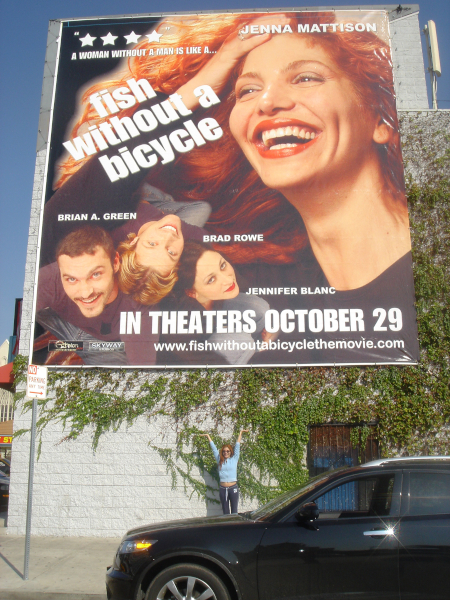
The project was a relative success on that indie sliding scale. And I got my next movie greenlit immediately. I wrote that, and also acted in it, blazing red hair and all. I learned everything trial by fire. I did every job. Sat in the editing bay. Worked distribution deals. I was like a machine, my ambition my only guide.
My first movie went to the Cannes marketplace that summer. I was being flown around on a private jet. Hobnobbing at the Hôtel du Cap. From the outside looking in, I had everything. But I was paranoid. Afraid I’d be outed. Terrified that who I really was would never be accepted in a world where Julia Roberts and Meg Ryan were the image of beauty and stardom.
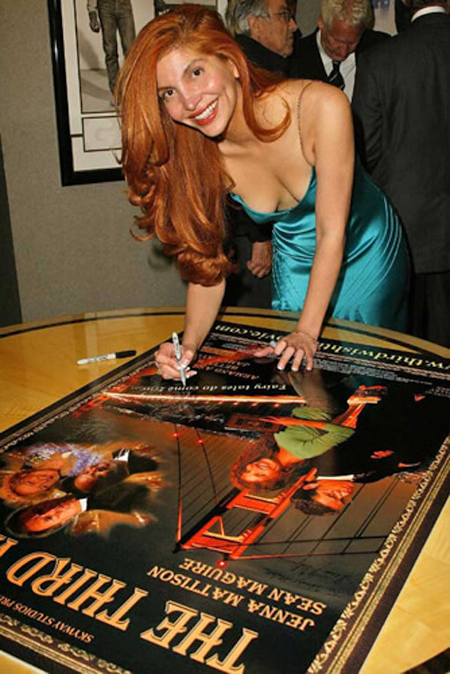
I became secretive about my background. Hid it from everyone, even my new close circle of friends. Then came the big offer. To play the iconic title character in Brenda Starr, Reporter. The first comic strip written by a woman. I was going to develop the TV show with a huge showrunner with Warner Horizon and Tribune producing and have a deal with Revlon, Saturn, and be the face of the American Heart Association’s Go Red for Women campaign. It was a dream come true. So how come my nights were sleepless unless I popped an Ambien? How come I felt like the loneliest person in the world? How come I felt like a fraud?
It was at this time that I had a life-altering injury that would derail my career, send me into years of surgeries, and ultimately leave me deaf on one side. I had many pain-filled days and nights to reflect on what I had become. And to write. Which was always my first love, second only to reading. My black roots grew out and the red hair became a distant, high-maintenance memory. The size zeros got replaced with a size 8. I wrote and wrote, and found my voice. Found a darker and deeper person inside the persona I had created. I was no longer confused. But I wanted nothing to do with Hollywood. The universe had other plans …
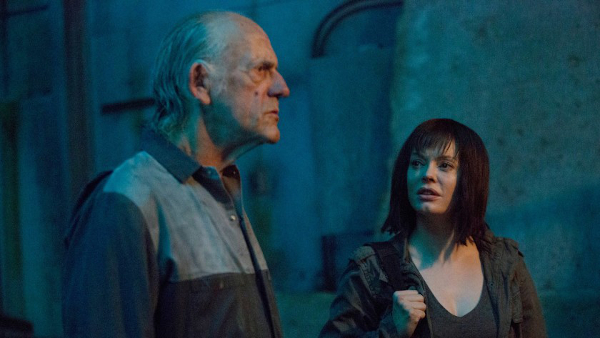
I was recommended by a friend to write and produce a biopic about Jewish gangsters. Another one of those quintessential “who you know” Hollywood stories. So I came back. Made a few more films, including The Sound, which I also directed. Eventually, I landed the big agent and manager and, over time, the industry became not only more open to minorities, but applauded them. No longer did I need to be afraid that I’d run into a racist at a meeting. Which, sad to say, happened many a time over the years.
So now I’m finally embracing and sharing who I really am. It’s freeing and makes me feel like I’m no longer living a lie. I add my birth name as a hyphenate now and am developing a TV show for Robert Downey Jr.’s company that’s partially set in India. Another based on Bram Stoker’s Dracula, set in Victorian-era London. And yet another based on a bestselling book series. I’ve found my place. Doing what I love and not having to hide in the shadows.
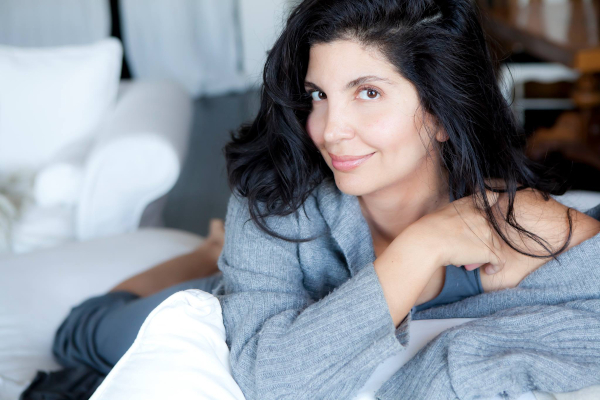
If there’s a moral to this story, I’m not quite sure what it is. Maybe it’s that you’ve got to “fake it till you make it,” a phrase my mom is a big fan of. Though she says it in broken English, which makes it somehow even more ridiculous. Or maybe the lesson is that this town is based on facades. Nothing is real. Even the sets. Everyone is trying to be something. Trying to be enough. But it’s when you finally embrace how you’re different, that’s when true and sustainable success can come.


